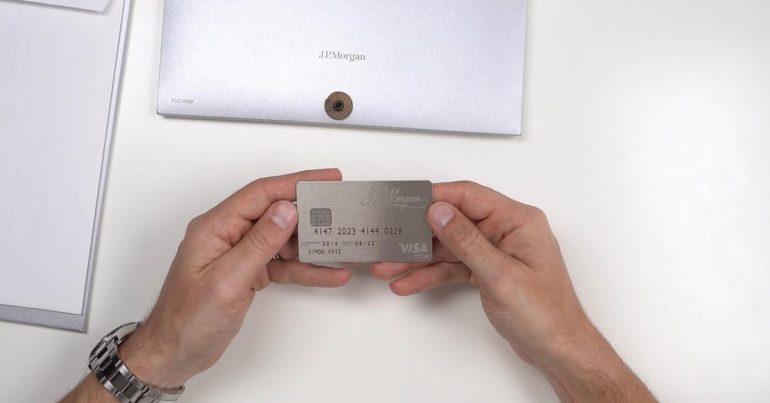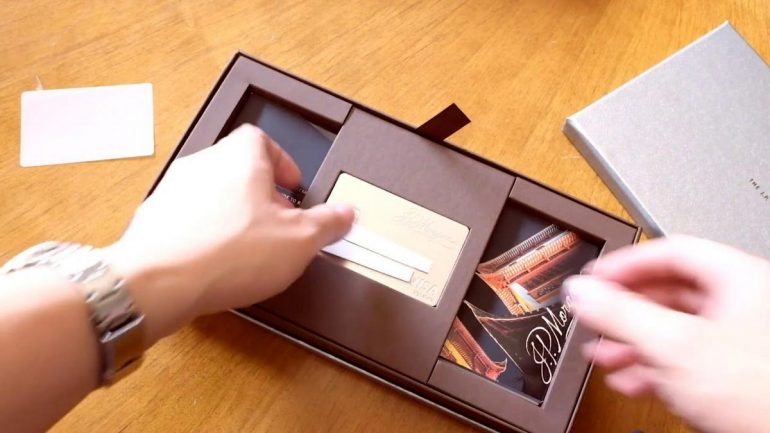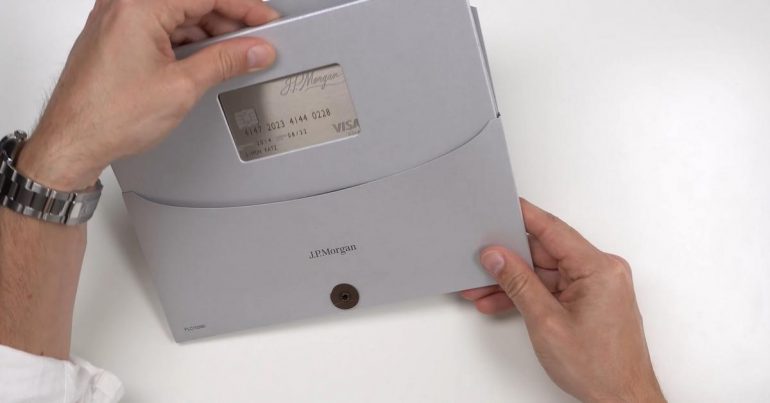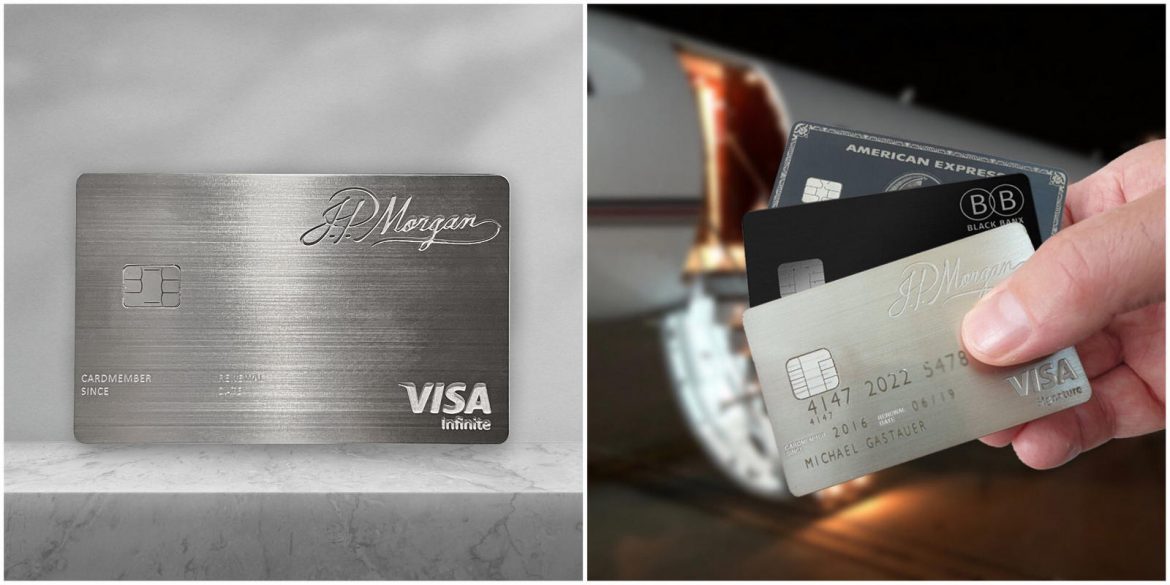Billionaires can flex their wealth with supercars, superyachts, and even supermodels in tow. Then some discreet million-makers don’t necessarily believe in the ‘size matters’ impression regarding wealth. The tycoons instead prefer the smooth texture of the telling tiny piece of laser-etched palladium in their hands, one that is undeniably an imposing status symbol! Made out of laser-etched palladium and gold, the J.P. Morgan Reserve Card, aka Palladium Card, is indeed the apex of high-roller credit cards. It wouldn’t be wrong to say even the highly-discussed American Express Centurion or Black Card is not up to scratch. The invitation-only card caters to the ultra-high-net-worth clients of the firm. Bloomberg described the Palladium Card accurately as the “card for the 1% of the 1%.
How do you get the J.P. Morgan Reserve Card?
The fact that there are roughly 5,000 Palladium cardholders in more than 8 billion people worldwide says volumes of the card’s exclusivity. In comparison, the Amex Centurion card is more attainable and probably given out too freely these days. According to estimates, there are close to 20,000 Amex Centurion cardholders in the United States and a whopping 100,000 cardholders worldwide.

A pre-requisite to get The J.P. Morgan Palladium card is not just truckloads of money. The client and the private bank wealth management or investment bank must have a rather strong relationship. In addition, JPMorgan Chase clients must have a minimum of $10 million in asset investment with JPMorgan Private Bank and a median of $100 million. The card has an annual fee of $595, but for the UHNI client, that is hardly a drop in the bucket.

The J.P. Morgan Reserve Card is an eye-catcher!
If you think that the Amex Centurion card looks cool than by comparison the Palladium card looks stunning. So exquisite that the card itself costs $1,000 to make. The laser-engraved card boasts 23-karat gold construction with palladium plating. Akin to the hefty bank accounts of billionaires, this boxy beauty weighs significantly heavier than plastic credit cards. At 28.35 grams, the J.P. Morgan Reserve Card is five times the weight of a regular plastic credit card and twice the weight of the Amex.

Perks aplenty!
The best advantage of the J.P. Morgan Reserve Card is the rewards program, which goes beyond the typical points system. Cardholders get a whopping 35,000-point bonus on a spend of more than $100,000 a year. Then there are benefits like 24/7 concierge service for chores like reservations and travel arrangements, airport lounge access, hotel upgrades, and special deals with private jet service NetJets. A very practical and one of the biggest advantage is it is a VISA card, and unlike an Amex its accepted almost everywhere.

The Palladium Card or the Centurion Card?
When compared to the J.P. Morgan Reserve Card, the otherwise sought-after American Express Centurion card falls short on various fronts. For one, it costs an expensive $7,500 initiation fee, top it up with a $2,500 per year annual fee (the Palladium card is only $595), and if rumor mills are to be believed, the card isn’t as restrictive as it once was. One still cannot deny the benefits of both are plenty. The Amex Card, in particular, has been used cleverly by China’s kitschiest billionaire Liu Yiqian who has amassed millions of travel miles when he used his card to buy a $170 million painting and a lot more.

